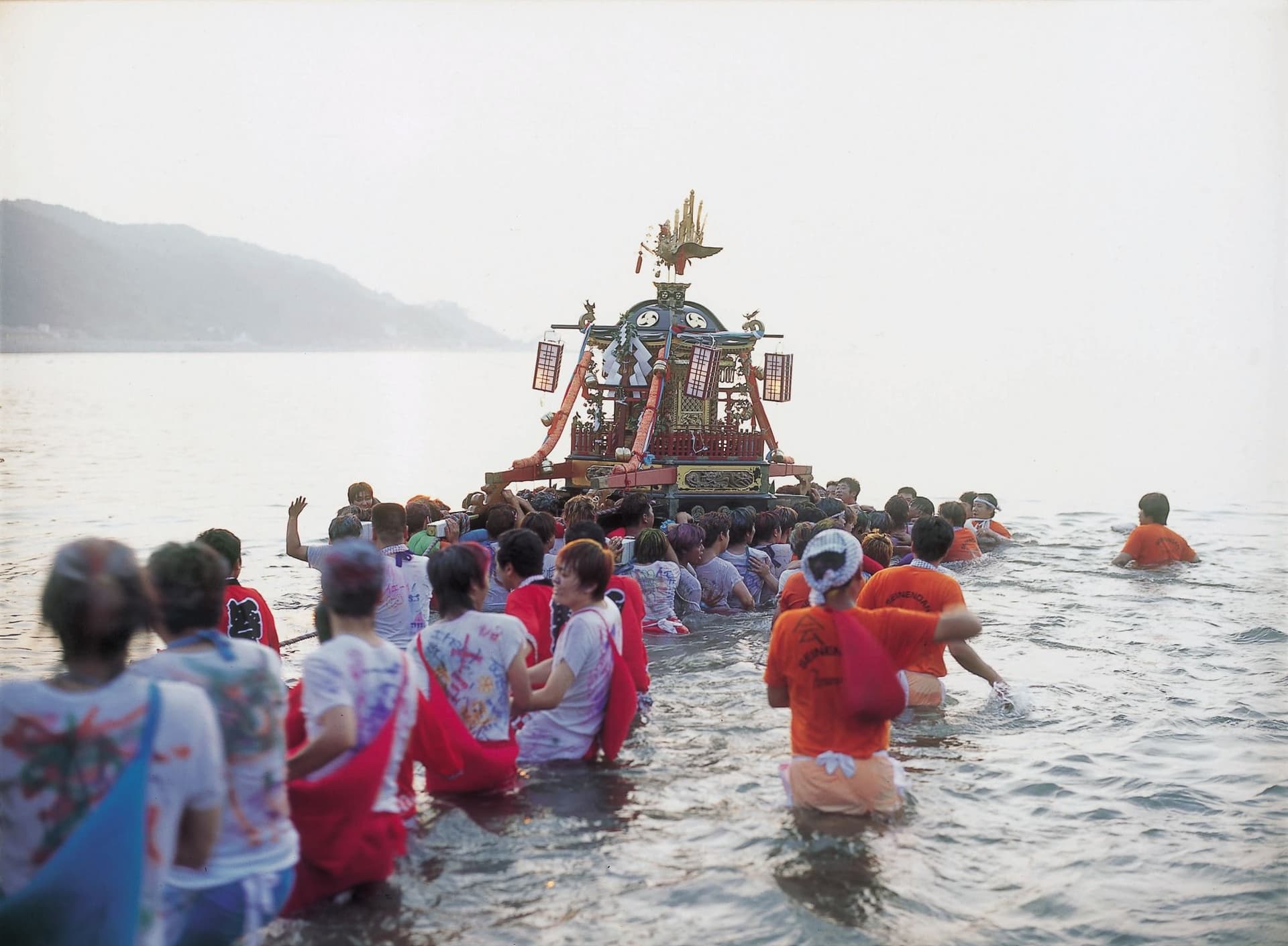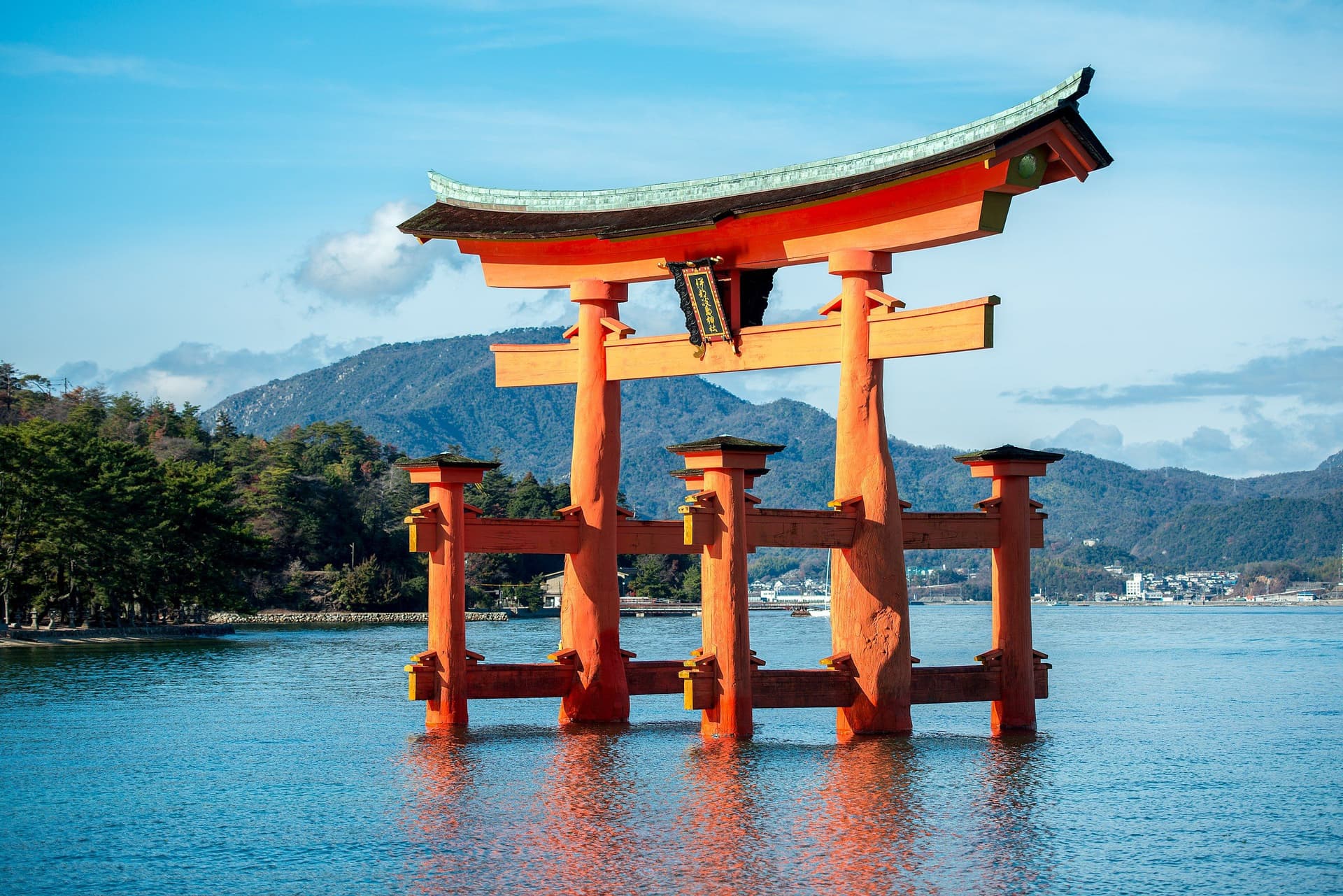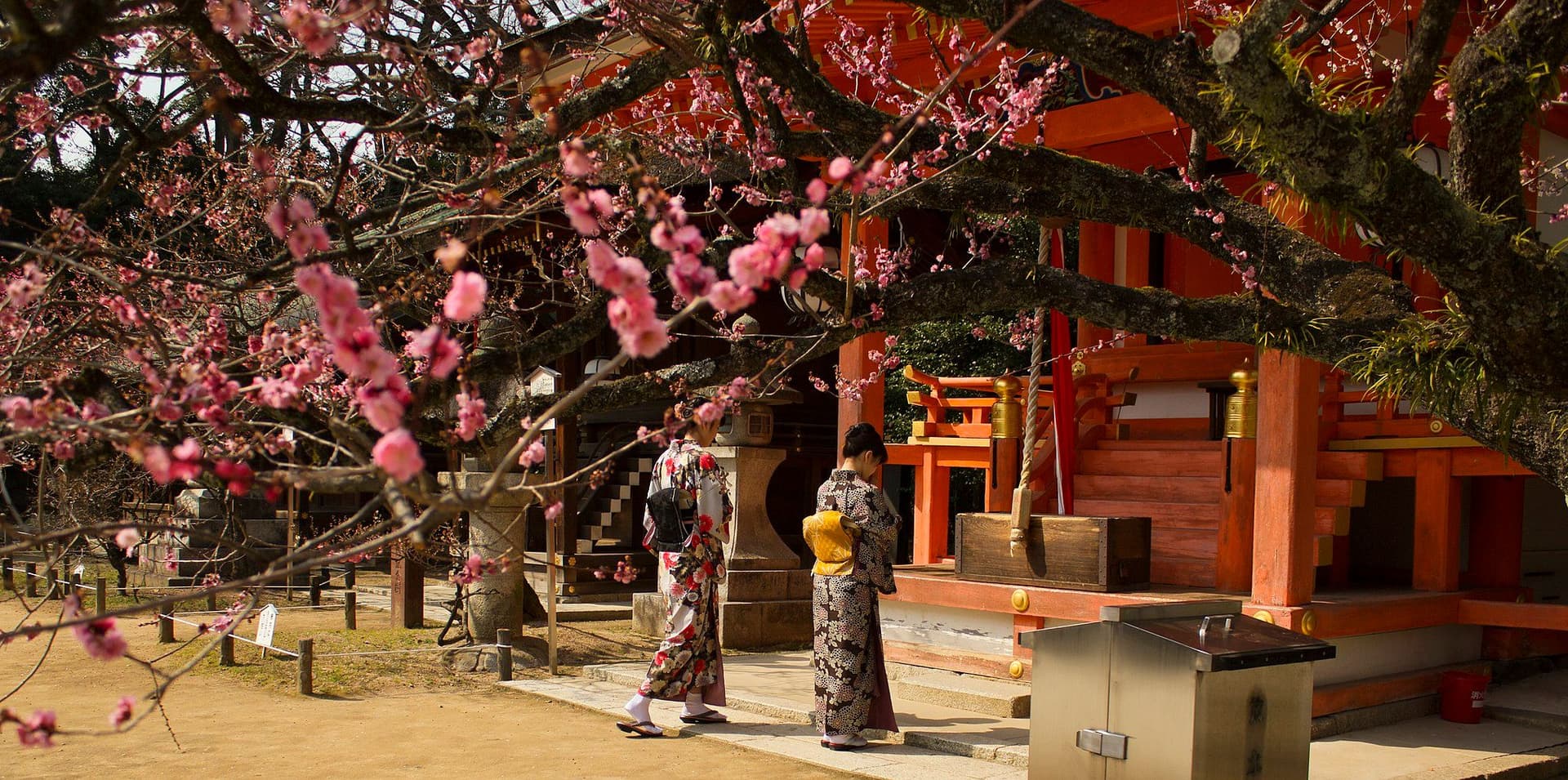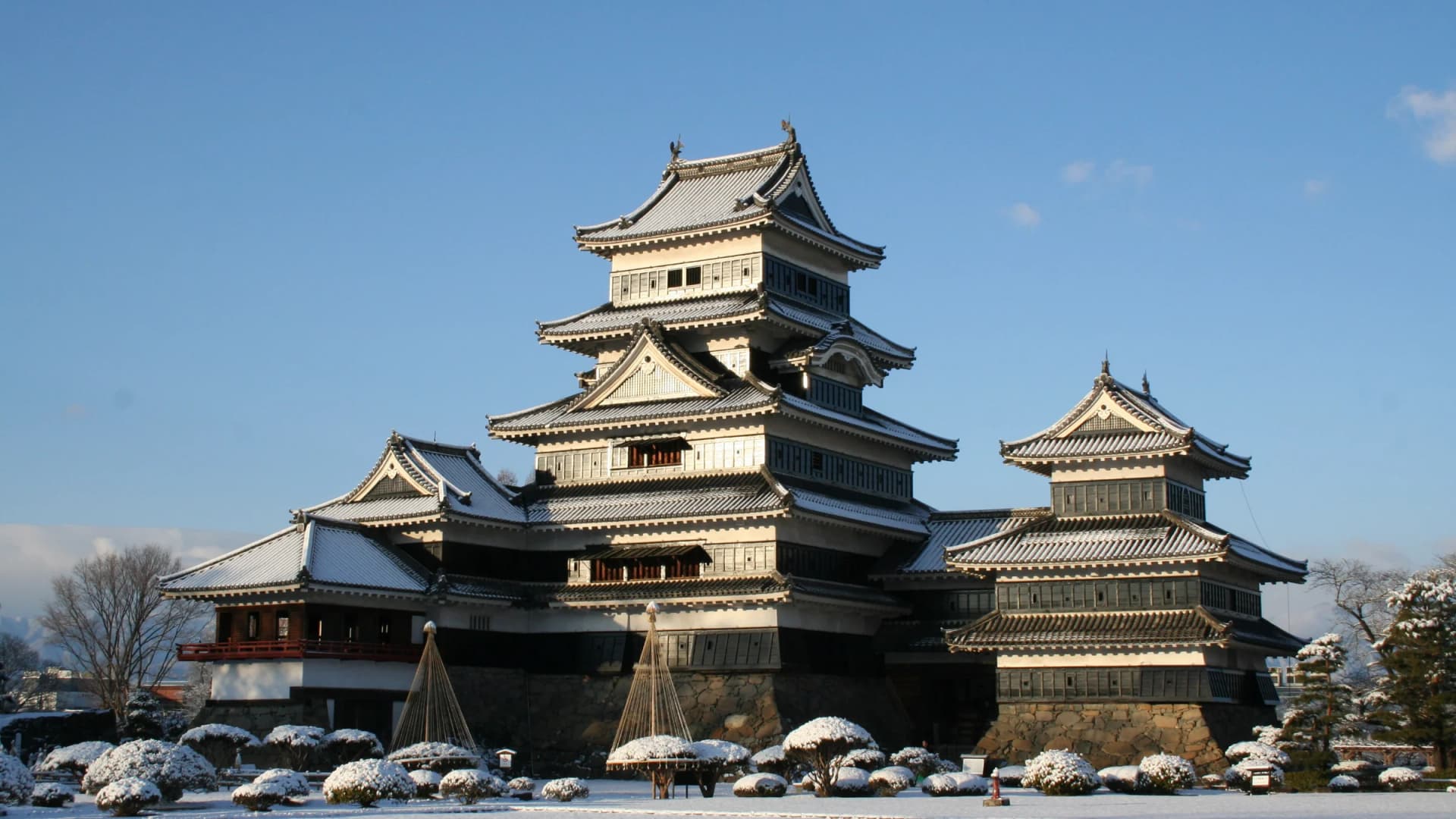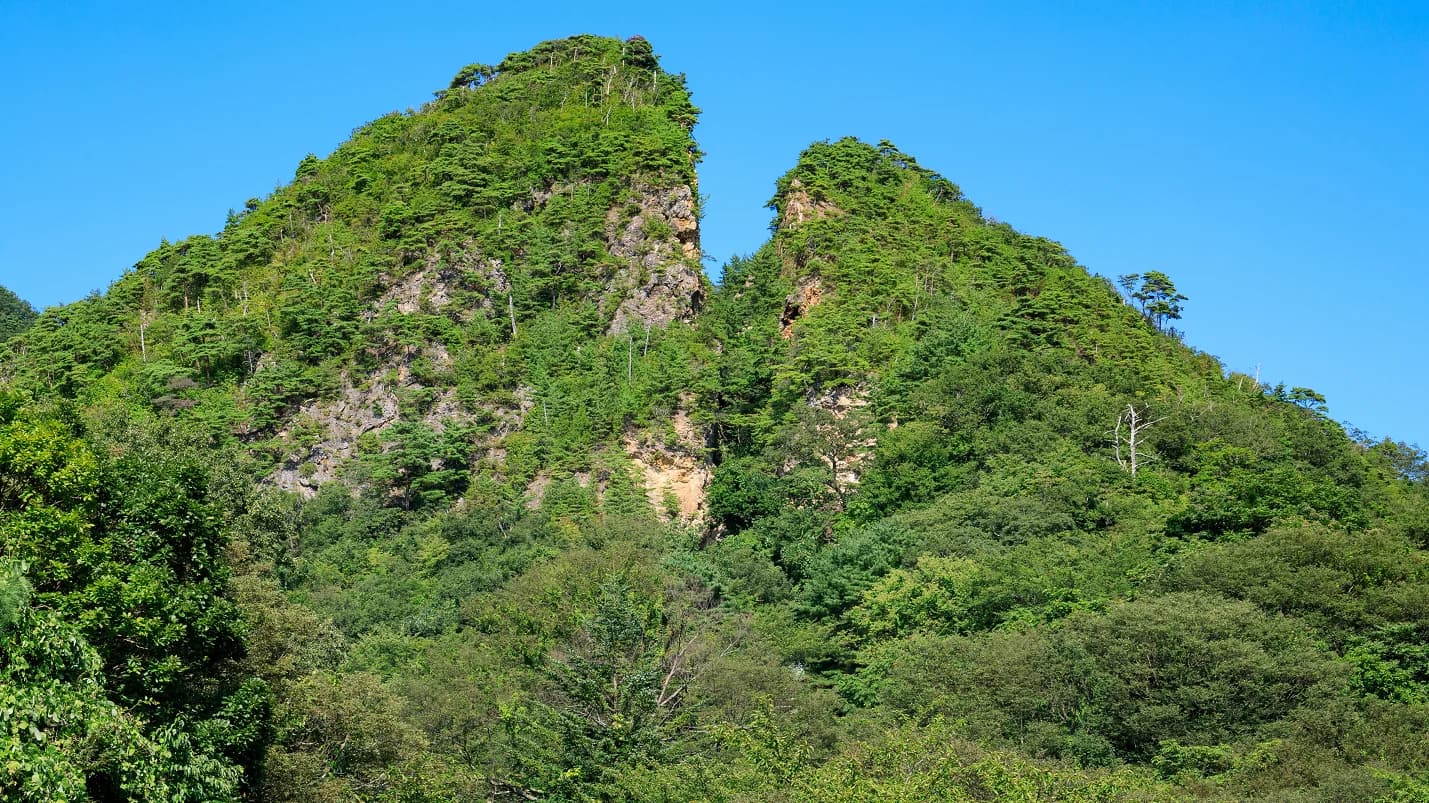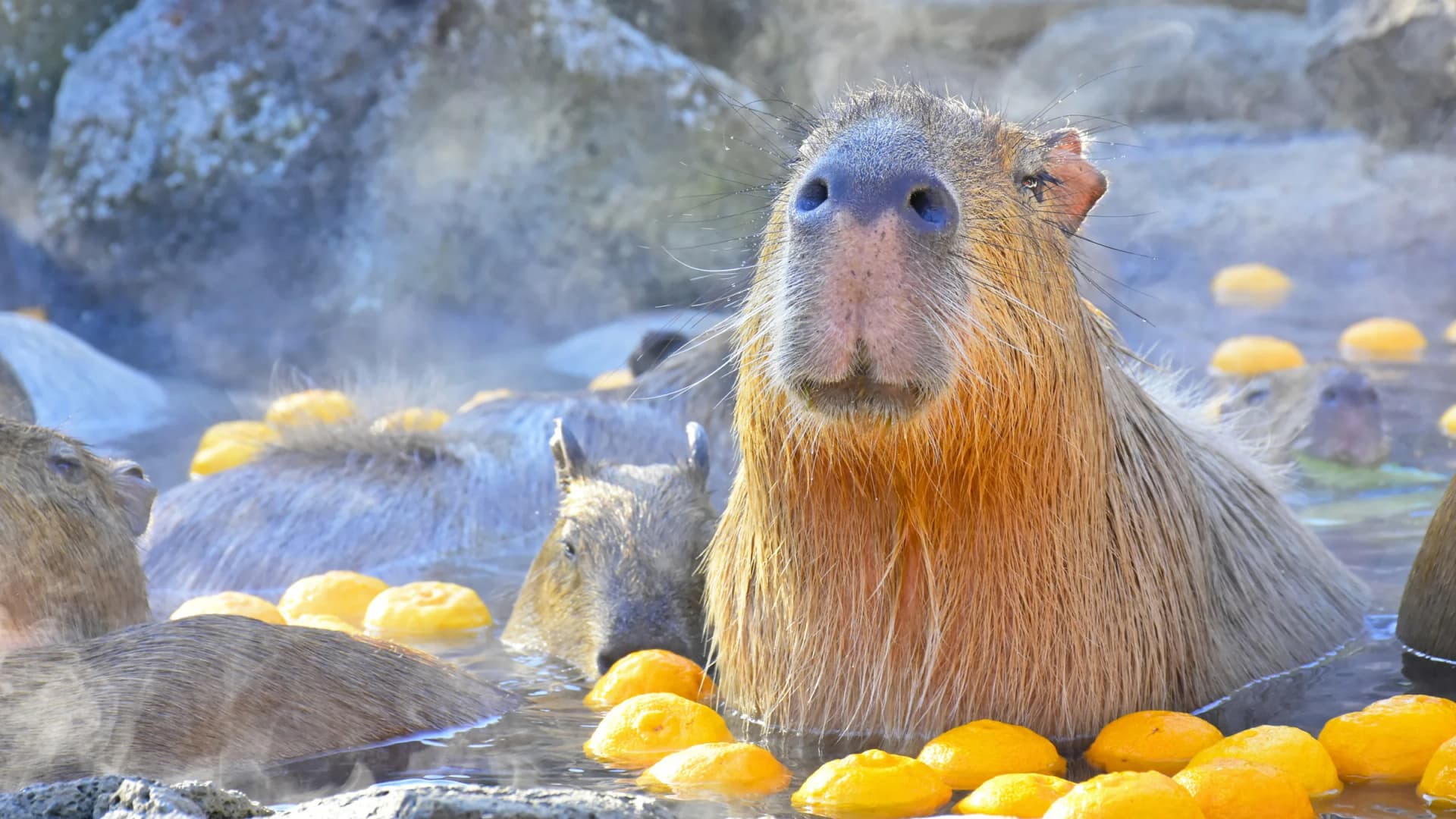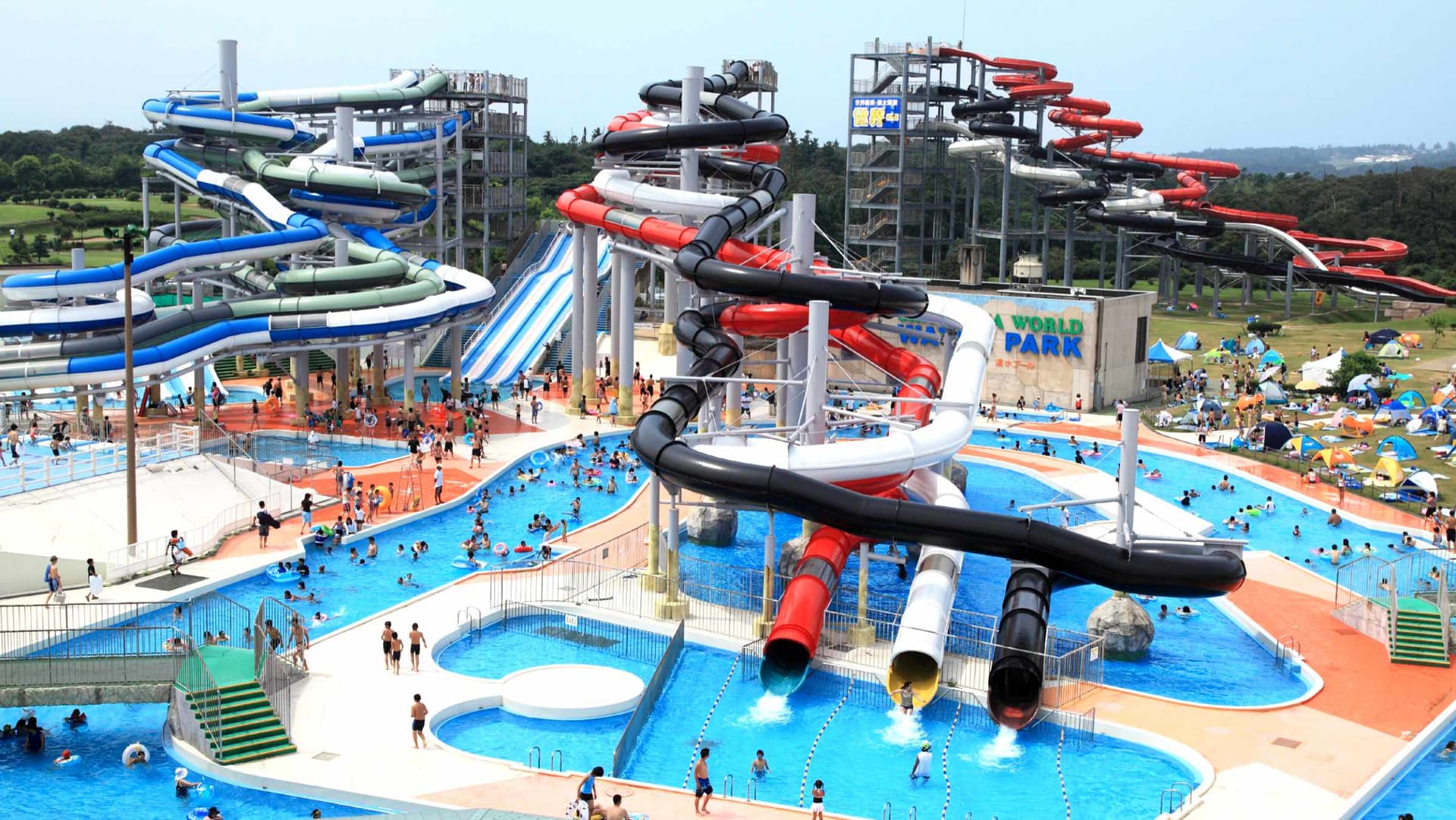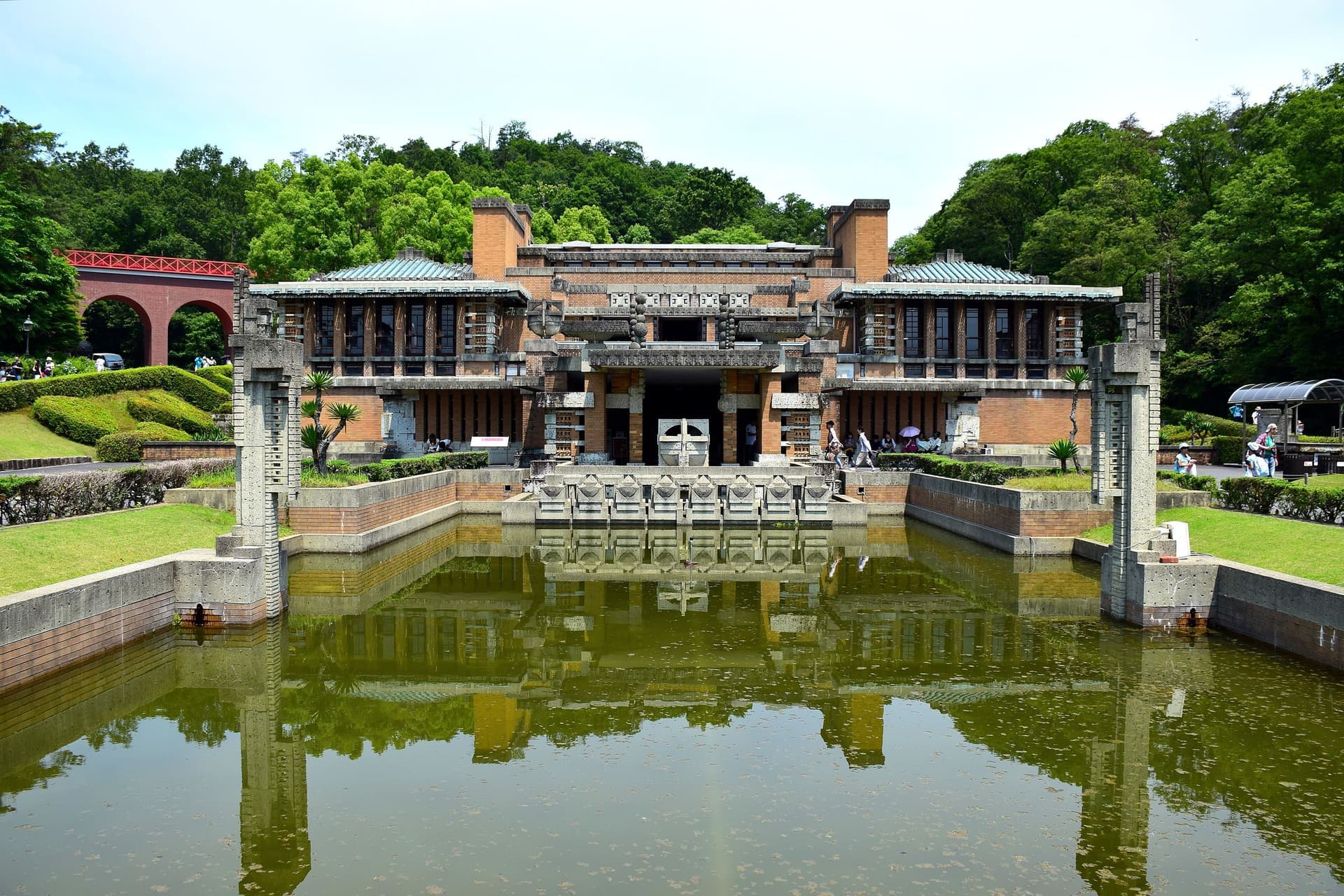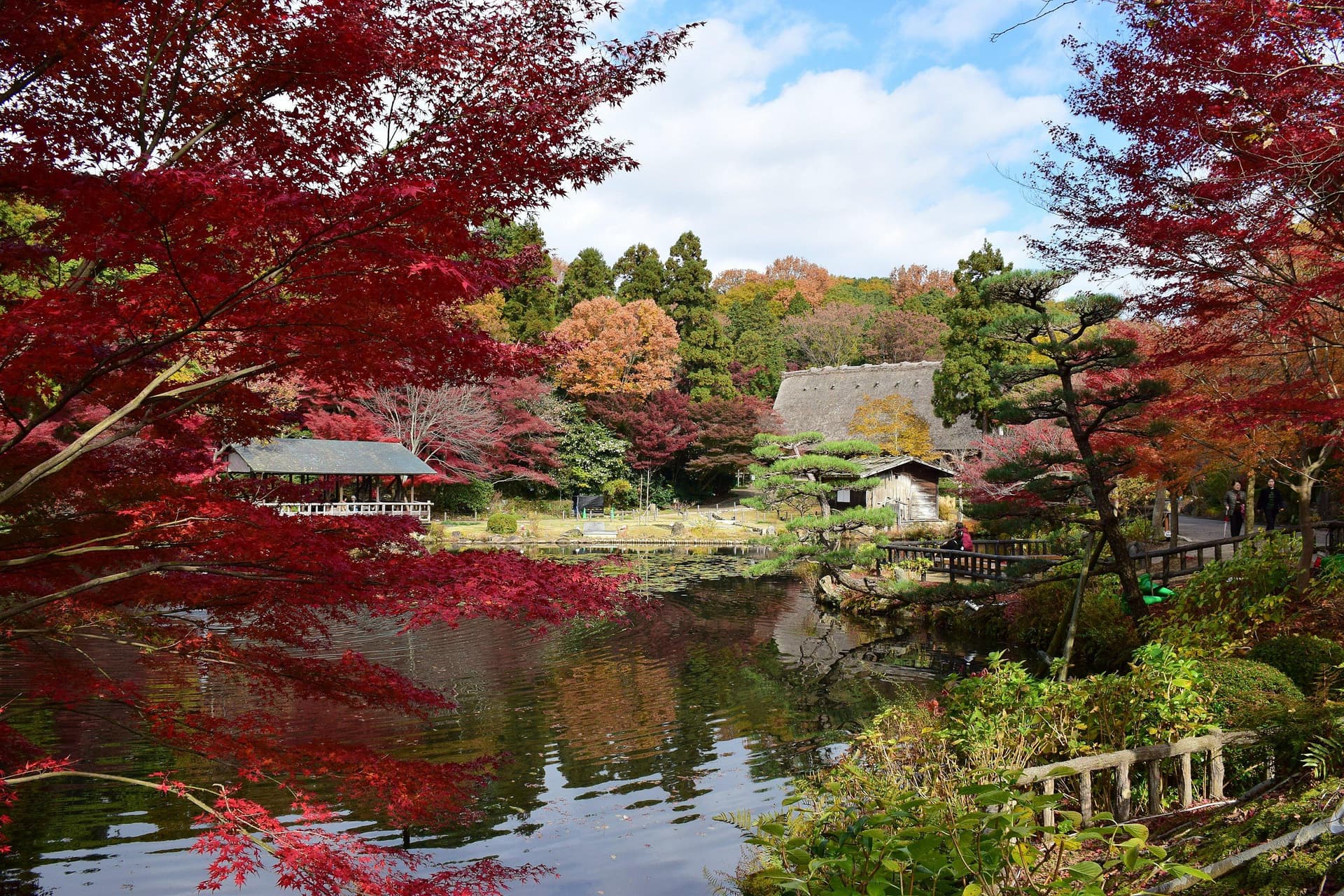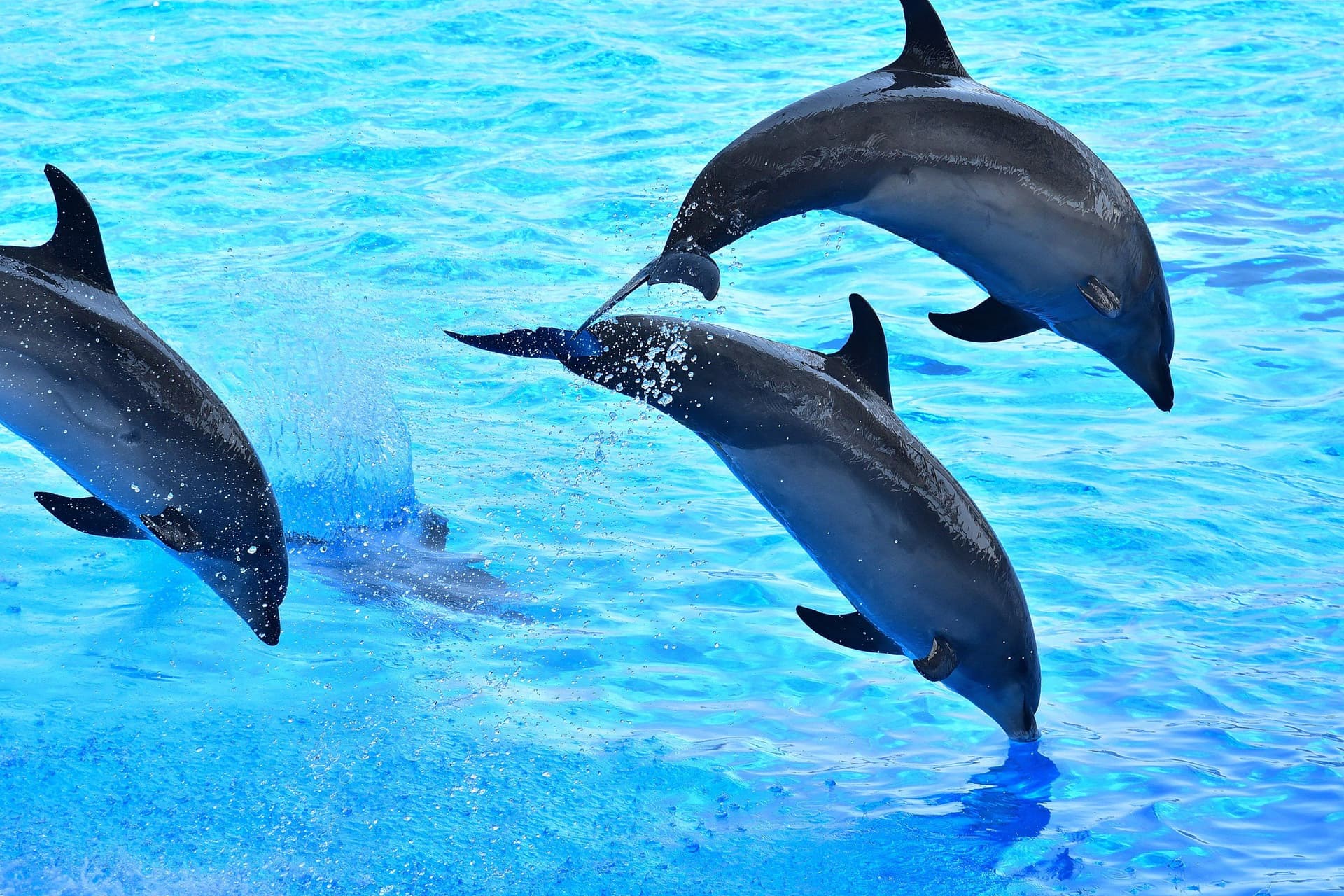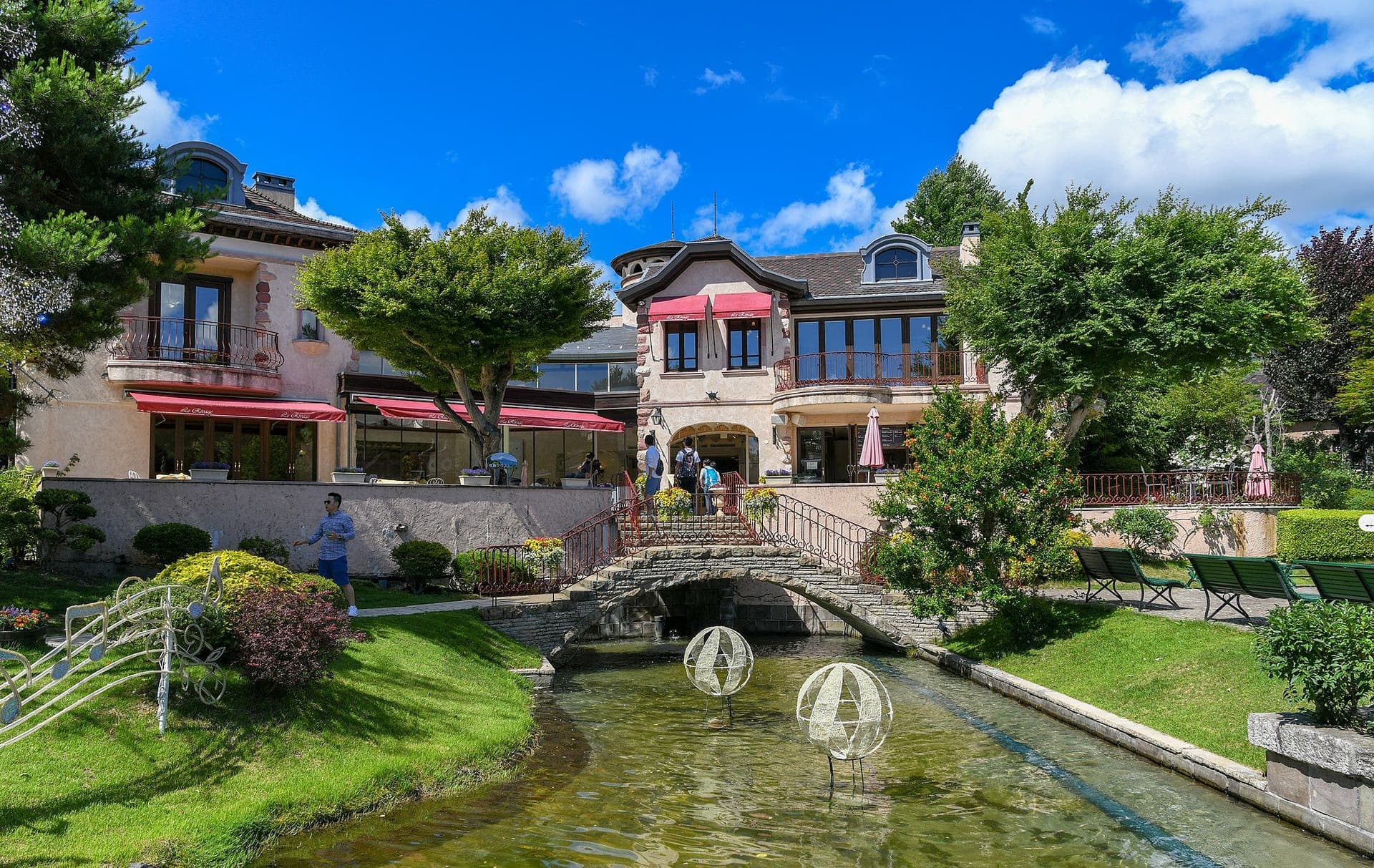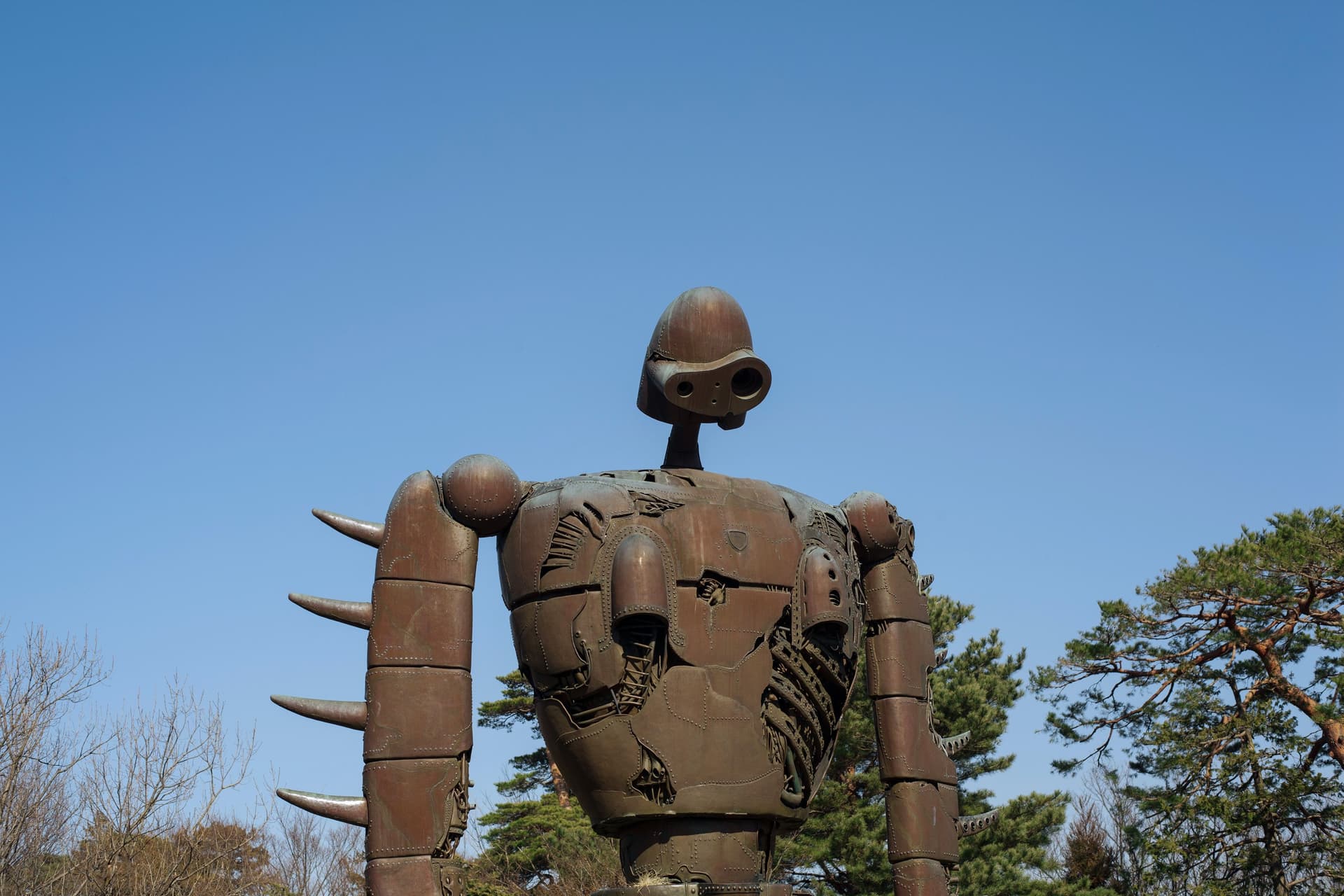
Okutsuhime Shrine
奥津比咩神社Located on Hegurajima, a remote island about 50 kilometers off the northern coast of Wajima City in the Sea of Japan, Okutsuhime Shrine is a spiritually significant site tied to ancient maritime worship, dragon legends, and centuries of fishing tradition.
Origins and Historical Context
Okutsuhime Shrine is believed to have been founded by ama - traditional female divers and fishing communities - who revered the sea’s power and bounty. The primary deity enshrined today is Tagorihime-no-Mikoto, though some sources identify her as Ichikishimahime-no-Mikoto, one of the Munakata goddesses worshipped at Munakata Taisha in Fukuoka, or as a local sea goddess named Okutsuhime, from whom the shrine takes its name. This variation reflects centuries of layered belief, blending indigenous deity worship with spiritual traditions introduced by migrants from Chikuzen Province (an old province corresponding to northern Fukuoka Prefecture) during the Edo period.
Originally located on the eastern side of the island - where Ise Shrine now stands - Okutsuhime Shrine was relocated to its current site in 1682 due to limited space. It was officially ranked as a Village Shrine (sonsha) during the Meiji period.
Hegurajima also served as a significant maritime waypoint. According to the Notoshi Chō - a local historical chronicle of the Noto region - envoys from the ancient Korean kingdoms of Koukuri (高句麗) and Mimana (任那) are said to have landed on the island before continuing to Tsuruga in Echizen Province (modern northern Fukui Prefecture). Kumada Shrine in present-day Nomi City is regarded as a branch of Okutsuhime Shrine, suggesting the shrine’s spiritual influence extended to the mainland.
In the early Edo period, fishermen from Kanegasaki in Chikuzen Province settled on the island, bringing with them the Munakata deity tradition. According to the Ishikawa Prefecture Shrine Association, twelve ama divers from Chikuzen - including one named Ama Mataebē - came to revere Okutsuhime as a guardian deity alongside their ancestral gods. This fusion of local and imported beliefs helped shape the shrine’s identity as it is known today.
Literary and Folkloric Significance
Okutsuhime Shrine holds a special place in Japan’s literary history. In 749, the famed poet Ōtomo no Yakamochi composed a chōka (long poem) and tanka (short poem) in the Man’yōshū (Volume 18), expressing a wish to obtain pearls for someone in the capital. The “offshore island” and “offshore deity” referenced are identified as Hegurajima and Okutsuhime Shrine, anchoring the site in ancient Japanese cultural imagination.
The shrine also features in folklore. The Konjaku Monogatari-shū identifies Hegurajima as the legendary “Cat Island”. One tale tells of seven fishermen from Kaga Province who land there, help a giant serpent - interpreted by some as a dragon god or Okutsuhime herself - defeat centipedes, and then settle the island. This underscores beliefs in a dragon deity connected to the shrine.
Another legend centres on Ryūjin Pond, a sacred spring believed to connect to the mythical undersea palace of the dragon god. A late Edo-period story recounts a monk’s encounter with a dragon spirit disguised as a young woman seeking salvation. After villagers drew water from the pond, they found the bones of a mother and child dragon, later interred at a nearby temple. The father dragon, believed to remain in the sea, was enshrined at Muta Shrine, one of the island’s subsidiary shrines.
Subsidiary Shrines and Community Traditions
Hegurajima hosts seven small komiya shrines scattered near Okutsuhime Shrine. Maintained by local fishing groups, these shrines reflect the island’s maritime faith and communal traditions. Seasonal rituals at these shrines have historically fostered both social and spiritual cohesion among islanders.
About Tagorihime-no-Mikoto
Tagorihime-no-Mikoto is a Shinto goddess associated with water, fertility, and the protection of maritime activities. She is traditionally revered as one of the three Munakata goddesses - alongside Ichikishimahime-no-Mikoto and Tagitsuhime-no-Mikoto - worshipped primarily at Munakata Taisha in Fukuoka Prefecture.
These three deities are believed to be daughters of the sea god Susanoo-no-Mikoto (or closely related divine figures) and serve as guardians of the sea, ensuring safe voyages and abundant catches for fishermen and sailors. Tagorihime-no-Mikoto, in particular, embodies the sea’s nurturing and protective qualities, supporting the prosperity of fishermen and ama (traditional female divers). Her worship reflects a deep reverence for the ocean’s power and its essential role in sustaining coastal life.
Related topics
At Hey Japan!, we strive to keep the places listed on our website as current as possible. However, it is important to note that location owners or management may make changes to their plans, including canceling events, altering opening times, or modifying admission requirements, without prior notice. To ensure that you have the most accurate information, we recommend checking official websites before visiting any location.
Last Updated:
